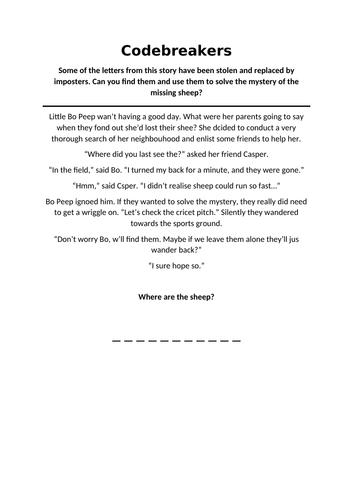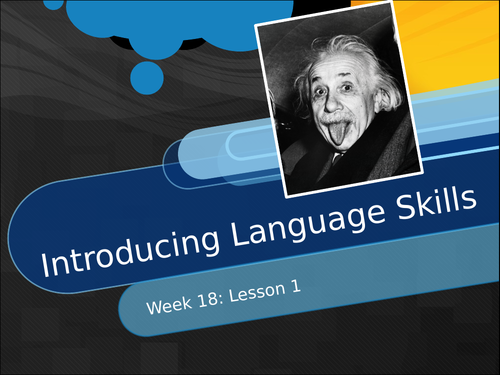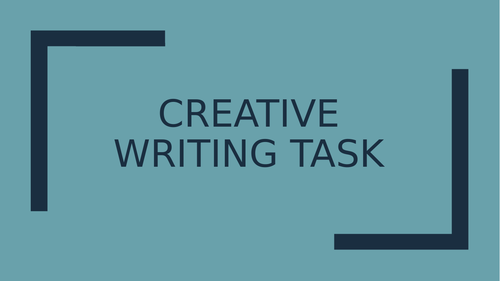The Sharing Spot
I'm passionate about education and try to make my resources as innovative, accessible and user-friendly as possible. My resources are all free on TES because I put a lot of love into them and hope other people can benefit from them too.






